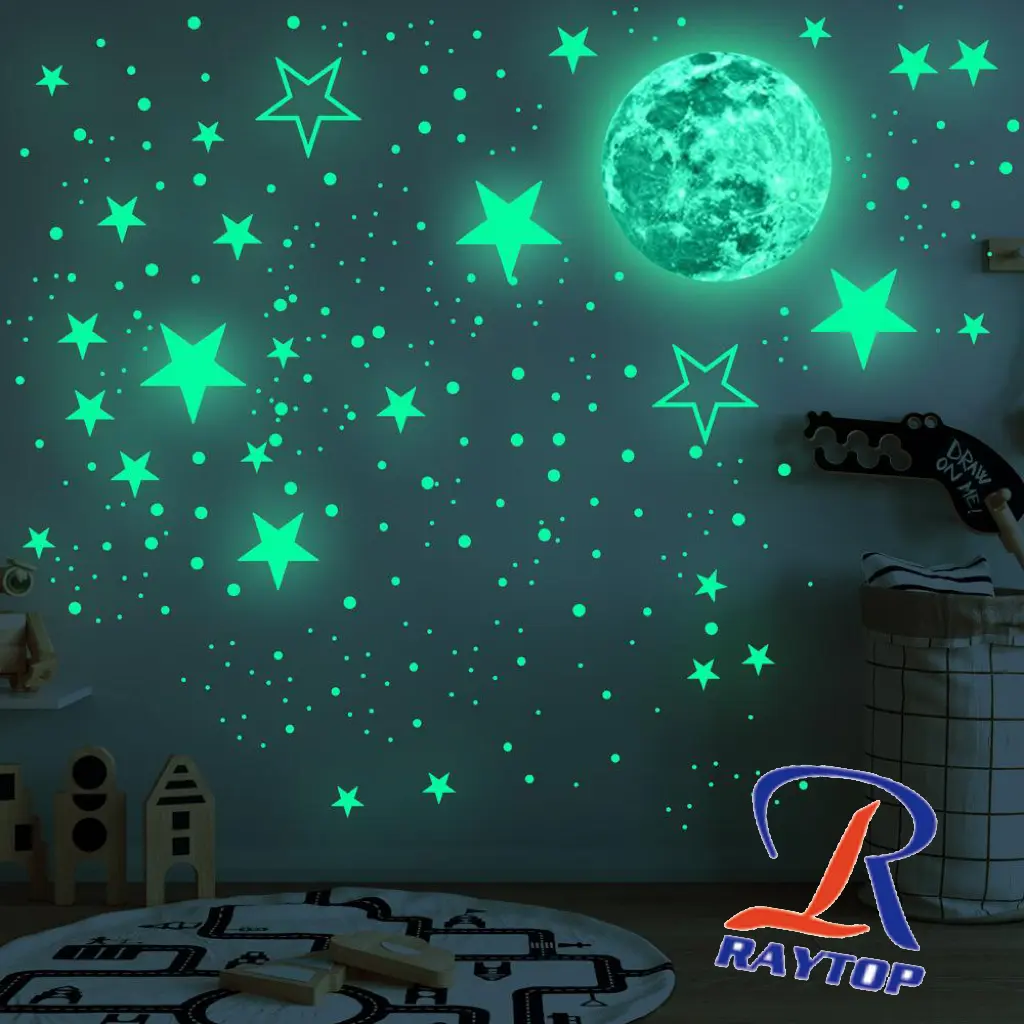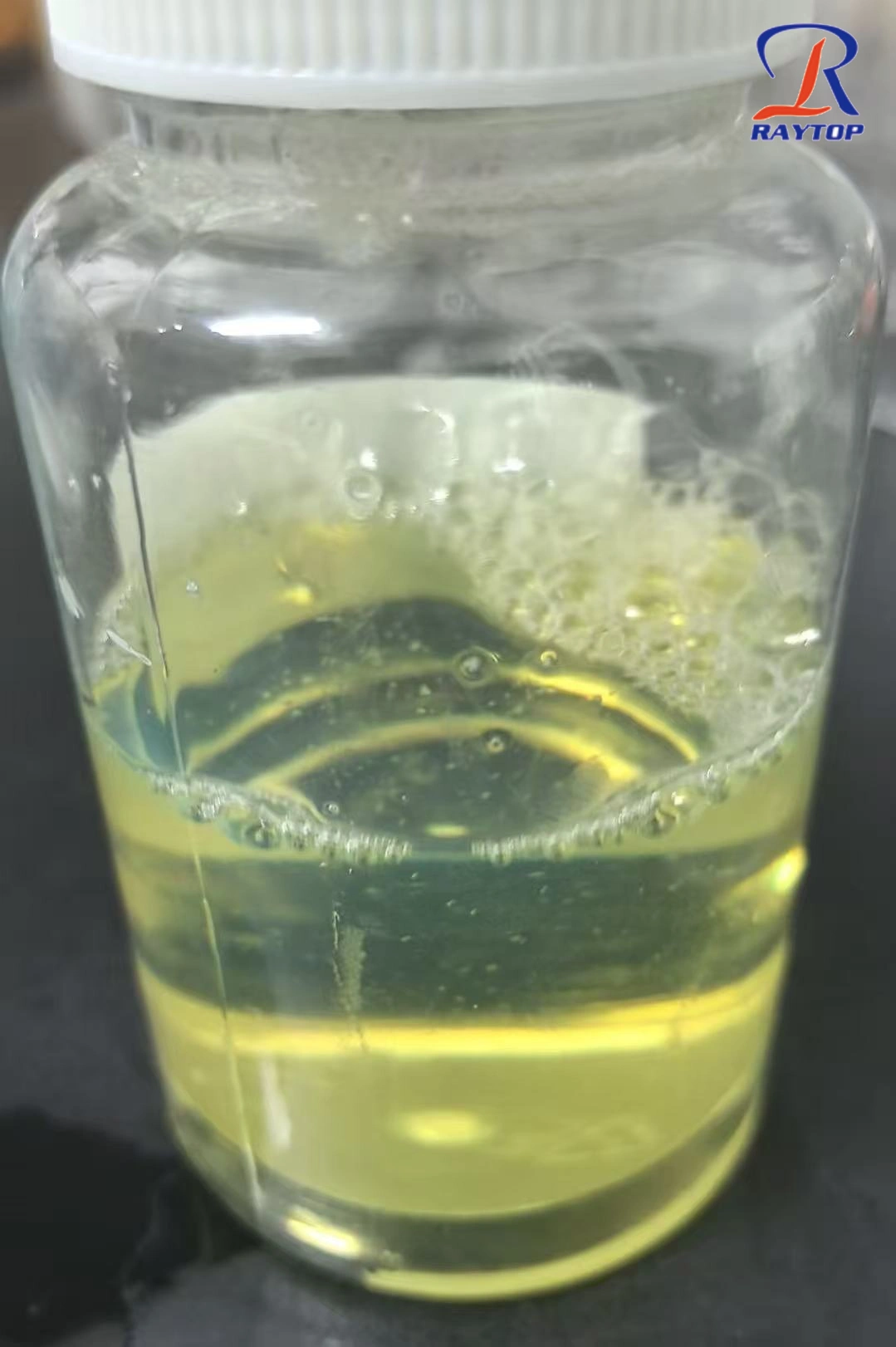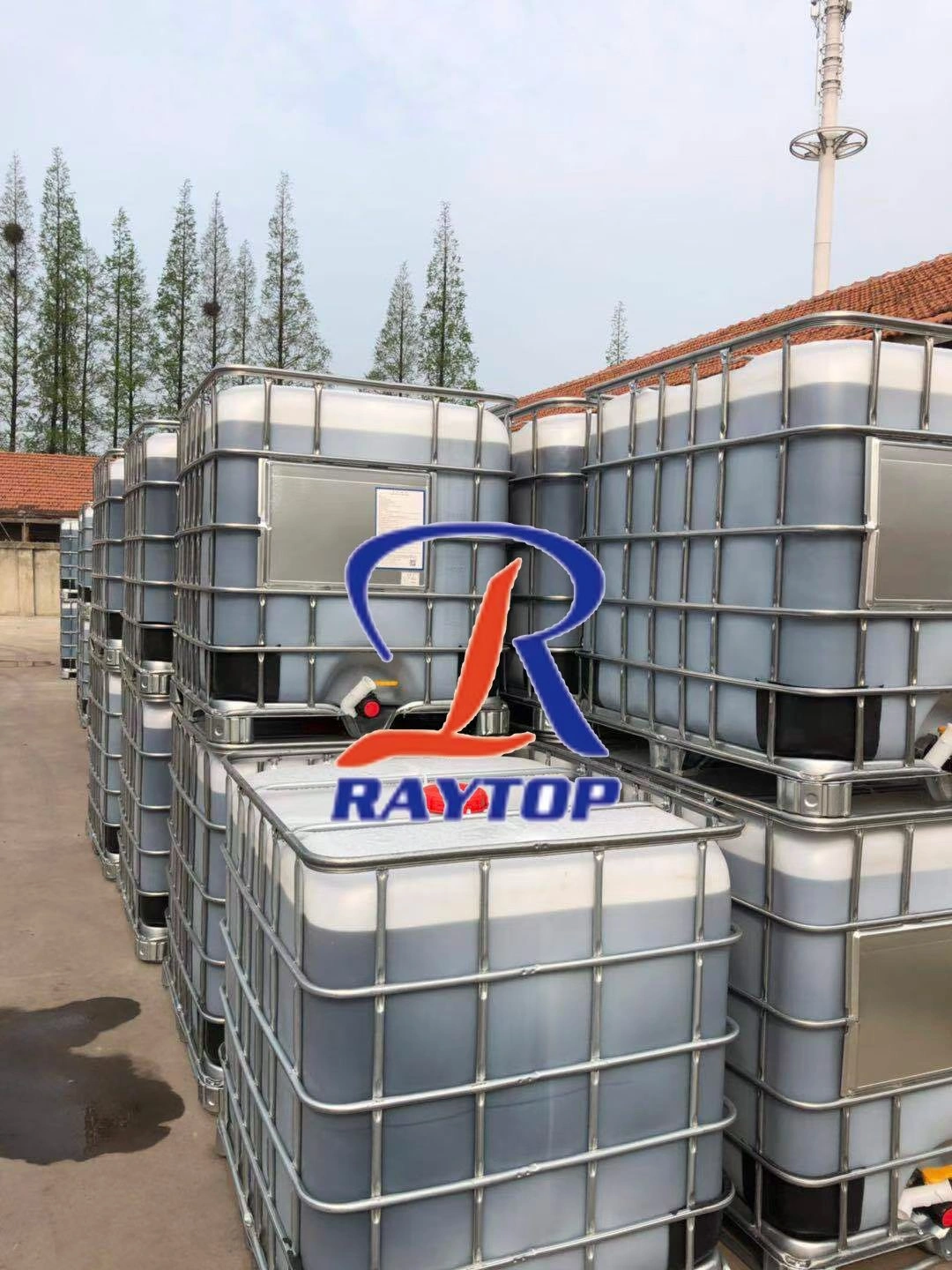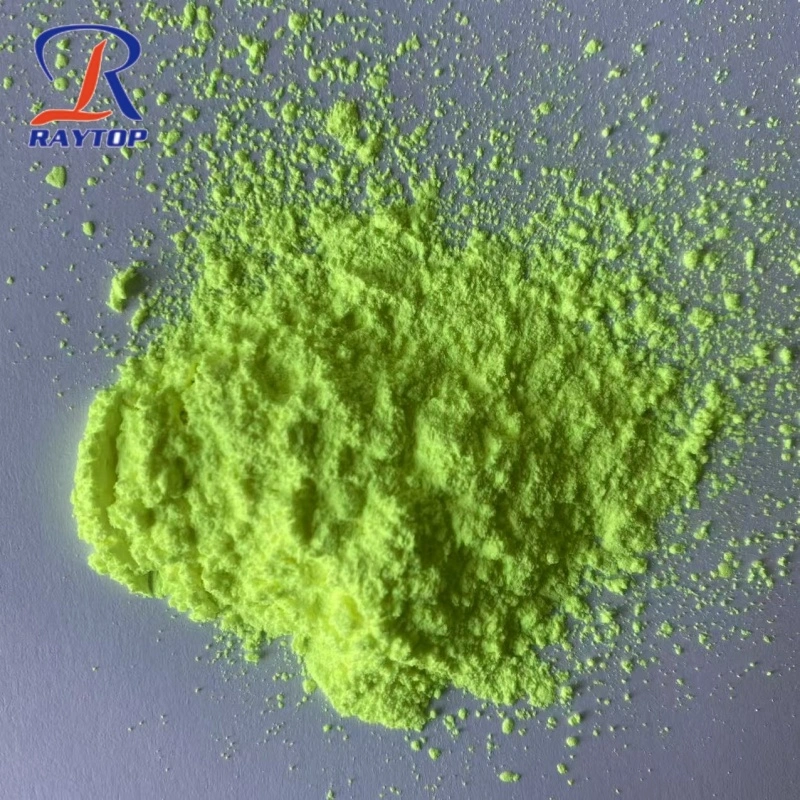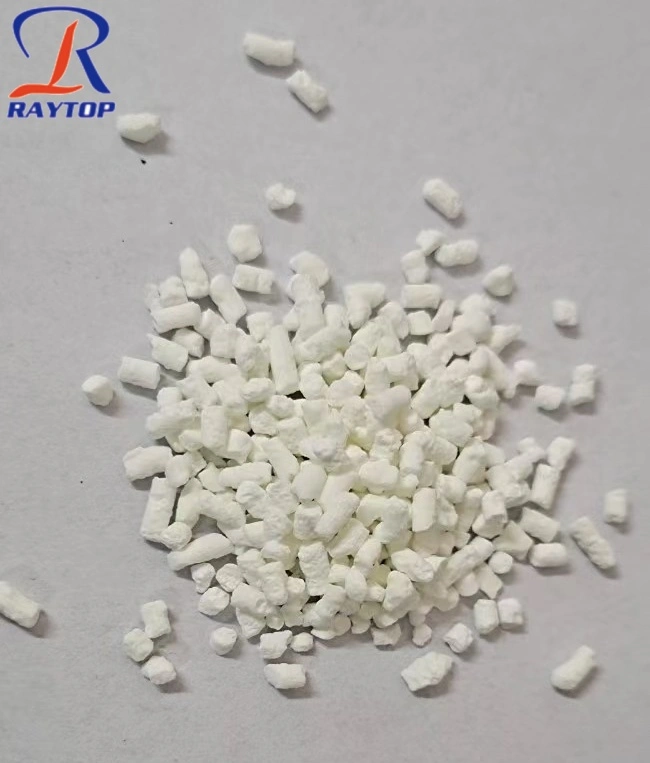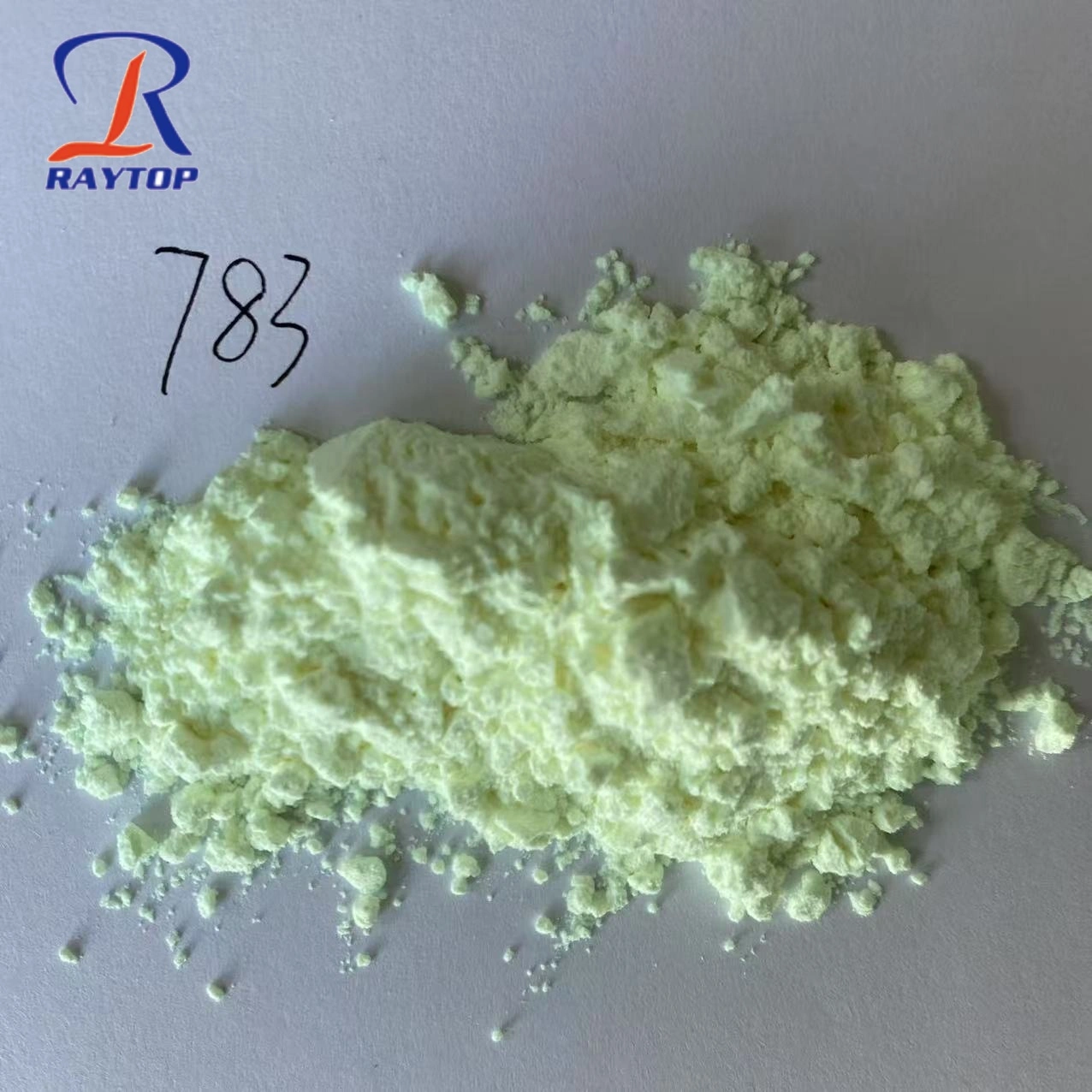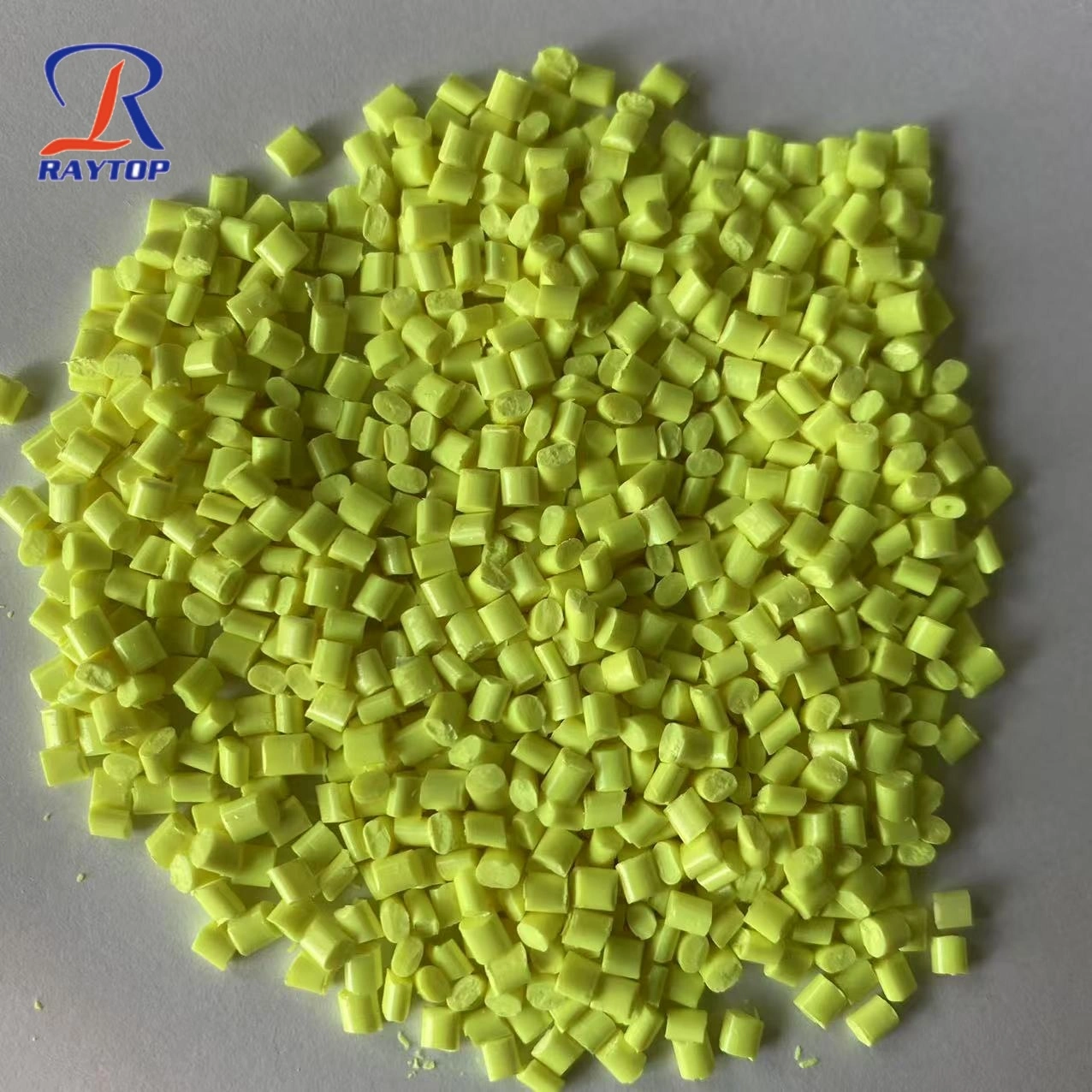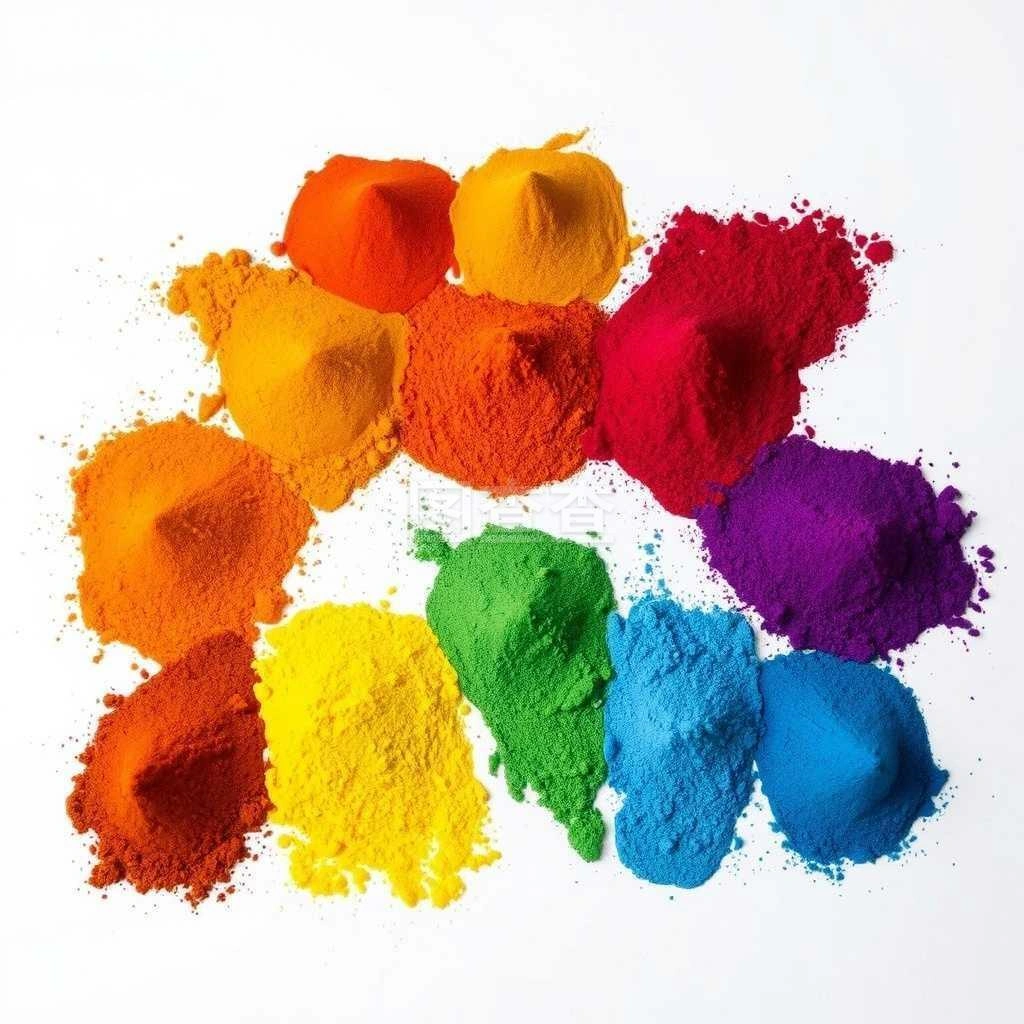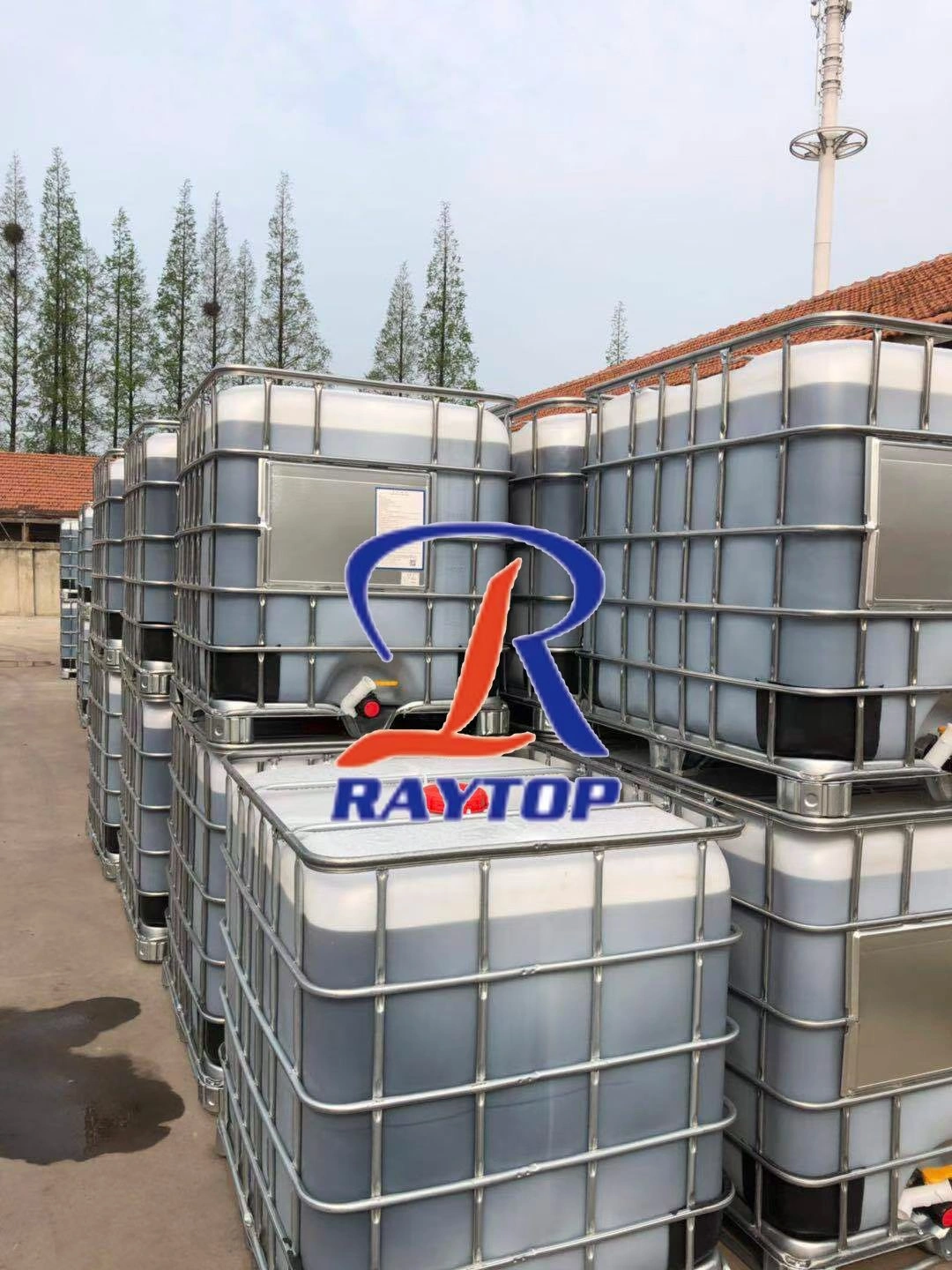Glow in the dark paint is widely used, but how to make glow in the dark paint is not complicated. Come chat today.Before that, let's fully explain what Glow in the dark paint is.
Illuminate the Night with Enchanting Glow: The Marvel of Glow in the Dark Powder
In the era of technological innovation, our lives are constantly evolving, experiencing unparalleled convenience. The application of Glow in the Dark Powder introduces a delightful surprise, releasing captivating fluorescence in the darkness, conjuring a fairy-tale-like nocturnal spectacle. Let's delve into the distinctive characteristics of glow in the dark powder and explore the limitless value it brings when incorporated into paint.
Characteristics of Glow in the Dark Powder
Glow in the Dark Powder is a type of phosphorescent pigment, typically composed of a fluorescent substance and an activator. During daylight hours, the powder absorbs energy from light. In the absence of light, it releases stored energy, emitting a soft and alluring glow. This mysterious luminescent effect makes glow in the dark powder an invaluable tool in the realms of art, design, and creativity.
Value of Glow in the Dark Powder in Paint
Incorporating glow in the dark powder into paint injects a distinct vitality into artistic endeavors. Whether on walls, furniture, or interior décor, glow in the dark paint quietly absorbs light during the day, only to reveal a mesmerizing fluorescence at night. This unique visual experience infuses spaces with a magical atmosphere, transforming mundane nights into captivating moments.
Glow in the dark paint transcends mere visual enjoyment; it holds practical value as well. In darkness, it can serve as guiding pathways, mark exits, and even provide emergency illumination, enhancing safety measures. In the realm of creativity, it becomes a potent tool for crafting fantastical worlds, imbuing artwork with vibrancy and mystique.
Limitless Creativity, A Dance of Light and Shadow
Glow in the dark powder is not merely a material, but a wellspring of creativity. By integrating it with paint, you can infuse indoor and outdoor spaces with breathtaking elements, transitioning seamlessly between day and night. This visual enchantment doesn't just offer decorative effects, but rather sparks boundless exploration and artistic expression.
Whether adding whimsy to your home or infusing character into commercial spaces, glow in the dark paint is a stroke of brilliance. It doesn't just beautify the night; it represents the fusion of innovation and imagination. Guided by glow in the dark paint, creativity knows no bounds, and light and shadow come alive in a breathtaking dance.
Conclusion
Glow in the dark powder is akin to stars twinkling in the night sky, bringing illumination and wonder. When applied to paint, it enriches our lives, creating a captivating visual tapestry. Craft an intoxicating visual spectacle, turning ordinary nights into extraordinary ones. Let's immerse ourselves in the enchantment of glow in the dark magic and craft our own symphony of light and shadow.
The Character of Glow in the Dark Powder:
Luminous Brightness: Refers to the intensity of the fluorescence emitted by the glow material in the dark. Luminous brightness is often measured in terms of fluorescence intensity per unit area or unit mass.
Excitation Wavelength: The specific wavelength of light required to excite the glow material for luminescence. Glow materials absorb energy from this wavelength of light and emit visible light in the dark.
Fluorescent Color: The color of the fluorescence emitted by the glow material, such as green, blue, purple, etc. The fluorescent color is typically described using the visible spectrum as perceived by the human eye.
Peak Absorption Wavelength: The wavelength at which the glow material efficiently absorbs energy during excitation. This represents the peak of energy absorption.
Fluorescence Duration: The duration for which the glow material emits fluorescence in the dark. A longer fluorescence duration indicates a more sustained glow effect.
Toxicity Testing: Chemical indicators for glow materials may also include toxicity testing to assess their safety for humans and the environment.
How to make?
Making glow in the dark paint can be a fun and creative project. Here's a basic recipe using commonly available materials. Keep in mind that the quality and longevity of the glow will vary based on the materials you use.
Ingredients:
Glow Powder: This is the key ingredient that makes the paint glow in the dark. You can find glow powder online or at craft stores. The most common type is made from phosphorescent pigments.
Paint Base: You'll need a clear or light-colored paint base to mix with the glow powder. Acrylic paint is a good option and is widely available. Make sure to choose a water-based paint.
Mixing Tools: A mixing bowl or container, stirring sticks, and measuring spoons.
Optional Additives: You can enhance the paint's texture, color, or durability with additives like clear varnish or acrylic medium.
Steps:
Measure Glow Powder: Depending on the intensity of glow you want, start by measuring out the glow powder. A typical ratio is around 1 part glow powder to 4 parts paint base, but you can adjust this based on your preference.
Mixing: Pour the glow powder into your mixing container. Gradually add the paint base while stirring continuously. Make sure to mix thoroughly to ensure even distribution of the glow powder.
Test: Before adding more glow powder, test a small amount of the mixture on a surface to see if it meets your desired level of glow. If you want a stronger glow, add more glow powder and mix again.
Optional Additives: If you want to modify the paint's properties, you can add a small amount of clear varnish or acrylic medium. This can improve the paint's durability and help it adhere better to surfaces.
Storage: Transfer the glow in the dark paint into a sealable container. Make sure to label the container and store it in a cool, dark place.
Application: You can apply the glow in the dark paint to various surfaces like paper, wood, fabric, and more. Use brushes or other painting tools to create your desired designs.
Charging: To activate the glow, the paint needs to be charged by exposing it to light. Place the painted object under a bright light source for several minutes to charge the glow. The paint will then emit light in the dark for a certain period of time, gradually fading.
Remember that the quality of the glow will depend on the quality of the glow powder and paint base you use. Commercially available glow in the dark paints often provide more consistent and longer-lasting results than homemade versions. Additionally, always follow safety guidelines and ensure proper ventilation when working with paint and additives.
What should I pay attention to?
When making fluorescent luminous paint, you need to pay attention to the following points:
Safety Precautions: When creating fluorescent glow in the dark paint, make sure your work area is well ventilated. Avoid breathing dust or harmful gases. If using any chemicals or additives, be sure to follow proper usage and safety precautions.
Material Selection: Choose a good quality phosphor powder and paint base material. High-quality materials generally produce brighter and longer-lasting fluorescence. Check product descriptions and reviews at time of purchase to learn about glow strength and longevity.
Mix Evenly: When mixing phosphor powder and paint base, it is important to mix well to ensure even distribution of phosphor powder. Inhomogeneous mixing may result in inconsistent fluorescence.
Proportion: Mix strictly according to the ratio of fluorescent powder and paint base material. Too much phosphor powder can make the paint too thick and difficult to apply, while too little phosphor powder can reduce the fluorescent effect.
Testing: After mixing is complete, be sure to test. Apply the paint to a small area and test for glow in the dark. Adjust as needed.
Preservation and Storage: Store fluorescent glow in the dark paint in a cool, dry place out of direct sunlight. Make sure the container is airtight to prevent the paint from drying out or staining.
Ways of use: Fluorescent luminous paint is suitable for the surface of many different materials, but it may have different adhesion properties to different materials. Before using, test on a small area to ensure that the paint is adhering well and the results are satisfactory.
Charging: After applying the fluorescent glow-in-the-dark paint, be sure to charge it by exposing it to sufficient light. Fluorescent glow-in-the-dark paint needs to absorb light energy in order to fluoresce in the dark. Make sure it is fully charged before use to get the best night light effect.
Please note that the quality and effect of fluorescent glow-in-the-dark paint may vary depending on the materials and workmanship used. If you want a stable and long-lasting fluorescent effect, you can also consider purchasing commercially produced fluorescent glow-in-the-dark paints. Whether using homemade or commercial products, always follow proper safety and usage guidelines.
FAQ
Q1: What materials do I need to make glow in the dark paint?
A glow powder (phosphorescent pigment)
A clear or light-colored paint base (such as acrylic paint)
Mixing tools (container, stirring sticks, measuring spoons)
Optional additives (clear varnish, acrylic medium)
Q2: Where can I find glow powder?
Glow powder can be purchased online, at craft stores, or specialty suppliers.
Q3: Can I use any type of paint base?
It's best to use a water-based paint base, such as acrylic paint, as it mixes well with the glow powder.
Q4: What's the mixing ratio of glow powder to paint base?
A typical ratio is around 1 part glow powder to 4 parts paint base, but this can be adjusted based on your preference.
Q5: How do I mix the glow powder and paint base?
Pour the glow powder into a mixing container, then gradually add the paint base while stirring continuously. Mix thoroughly to ensure even distribution.
Q6: Can I adjust the glow intensity?
Yes, you can adjust the glow intensity by adding more or less glow powder to the paint base.
Q7: How do I test the glow before applying the paint?
Apply a small amount of the mixture to a surface and charge it under a light source. Test the glow intensity in a dark area to determine if it meets your desired level.
Q8: Can I enhance the paint's properties?
Yes, you can add clear varnish or acrylic medium to improve durability, texture, and adhesion.
Q9: How do I store the glow in the dark paint?
Transfer the paint to a sealable container, label it, and store it in a cool, dark place.
Q10: What surfaces can I apply glow in the dark paint to?
You can apply it to various surfaces like paper, wood, fabric, and more.
Q11: How do I charge the glow in the dark paint?
Expose the painted object to a bright light source for several minutes to charge the glow. It will emit light in the dark for a period of time.
Q12: Is homemade glow in the dark paint as effective as store-bought?
Homemade paint may vary in quality and longevity compared to commercial products, which often offer more consistent results.
Q13: Are there safety precautions I should take?
Work in a well-ventilated area, avoid inhaling dust or fumes, and follow safety guidelines when using chemicals or additives.
Q14: Can I mix glow powder with other types of paint?
Glow powder can be mixed with other paint types, but it's best to use water-based paints for optimal mixing and adhesion.
Q15: How long does the glow last and how often should I recharge it?
The glow duration varies based on the quality of materials. Recharge the paint under a light source as needed for continuous glow.
